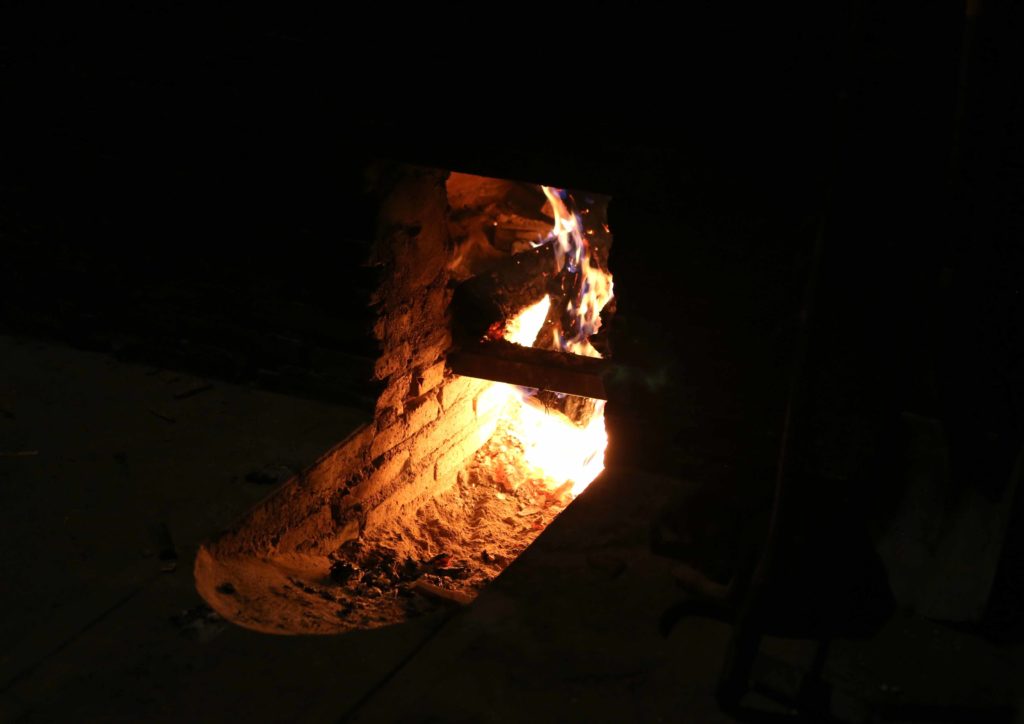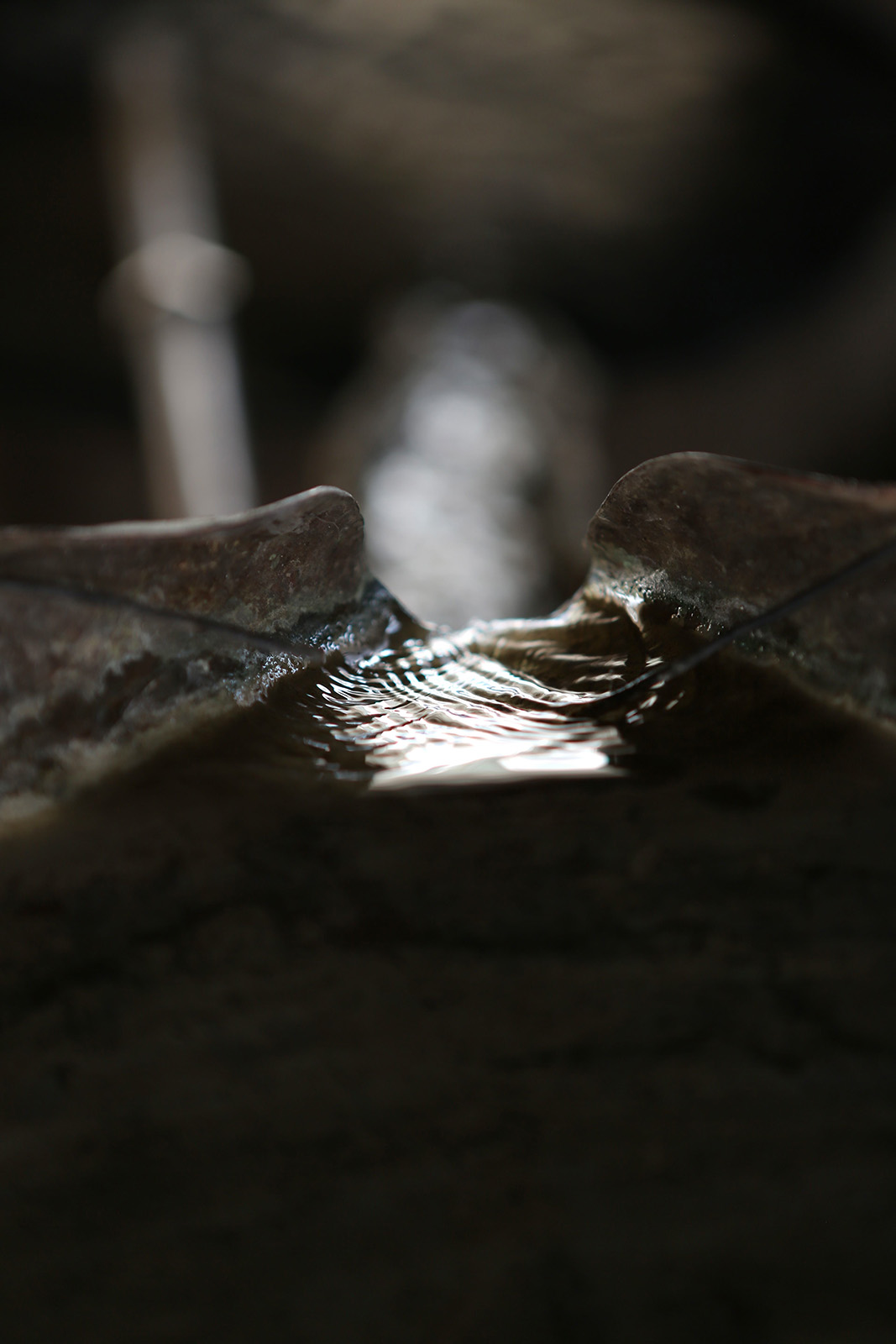“The basic process in making an artisanal mezcal.”
Terroir
There are 9 states Denomination of Origin of Mezcal where it can be legally produced. The agave can either be wild, semi-wild or cultivated agave.
Before harvesting, the mezcaleros must identify mature agaves, as these are the ones that have the greatest sugar content and will produce the best mezcal. This is done typically when the inflorescence begins to bloom.
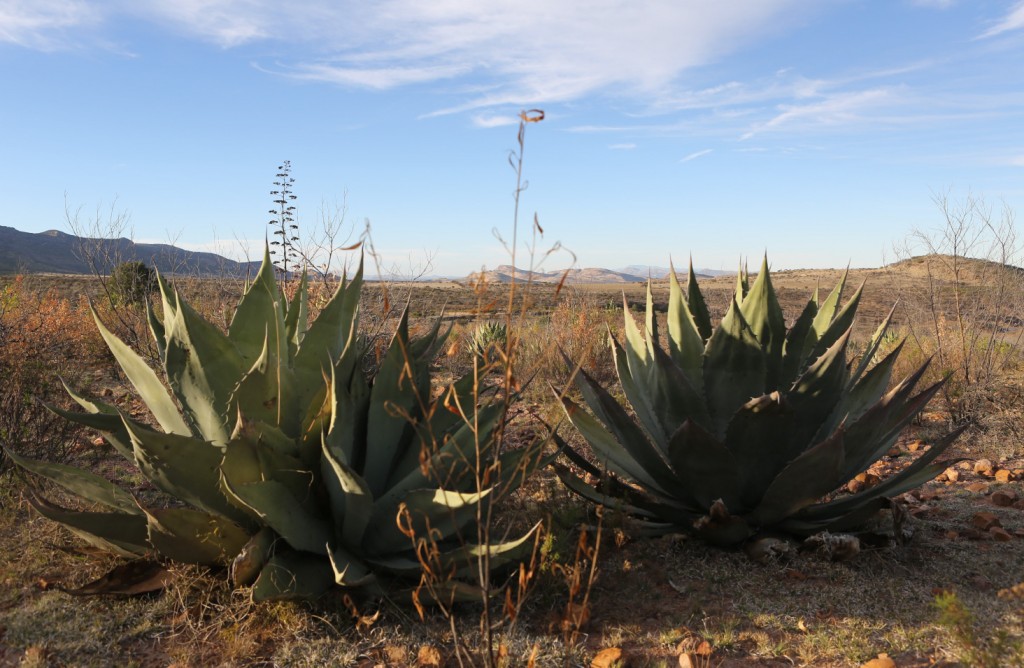
Harvesting Maguey
The ripe agaves have their leaves shaved off using either a machete, coa or ax, leaving the heart of the agave plant, known as the piña.
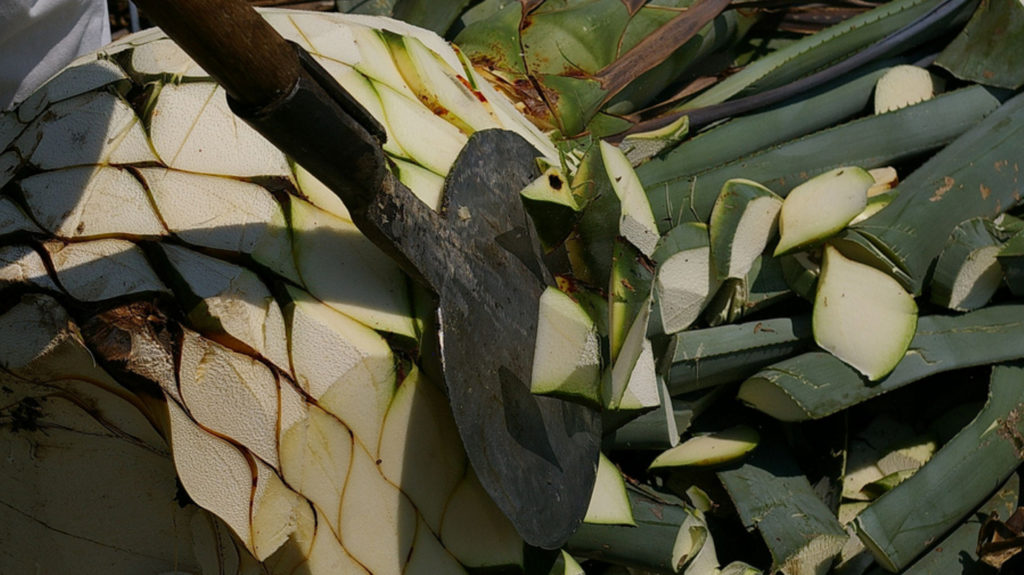
Roasting
The heart of the agave must then be roasted to be able to ferment. Typically this is done in a conical oven underground, but can also be done in either a brick or steam oven.
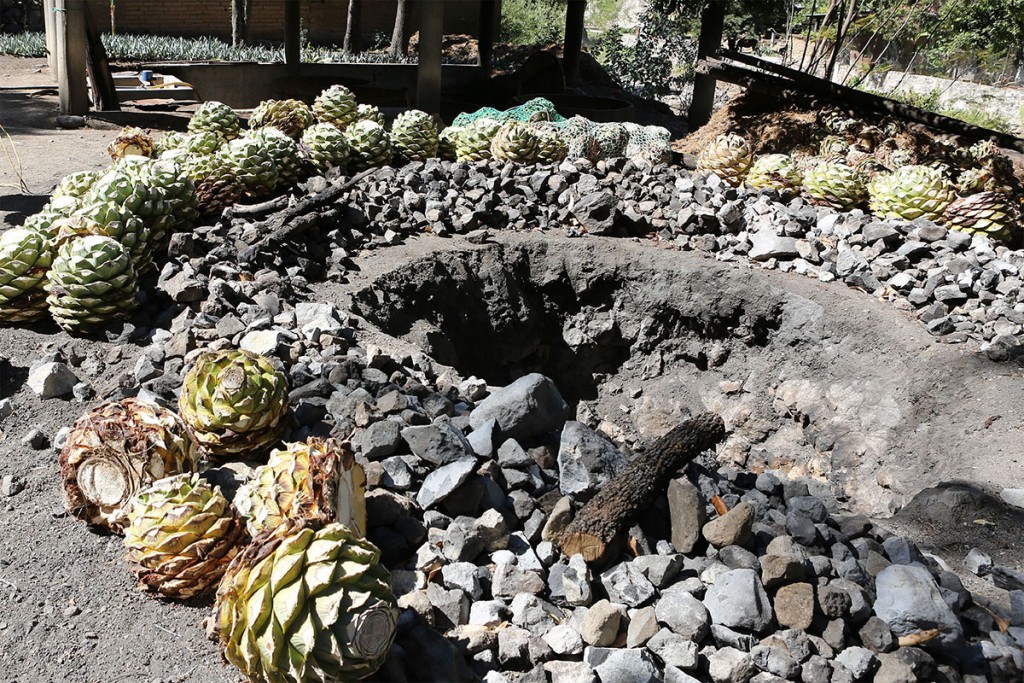
Milling
The agave is then shredded either using an egyptian mill, known as a tahona, by hand, or using a mechanical mill. The crushing of the agave permits the yeasts and other micro-organisms to reach the agave sugars to be able to ferment.
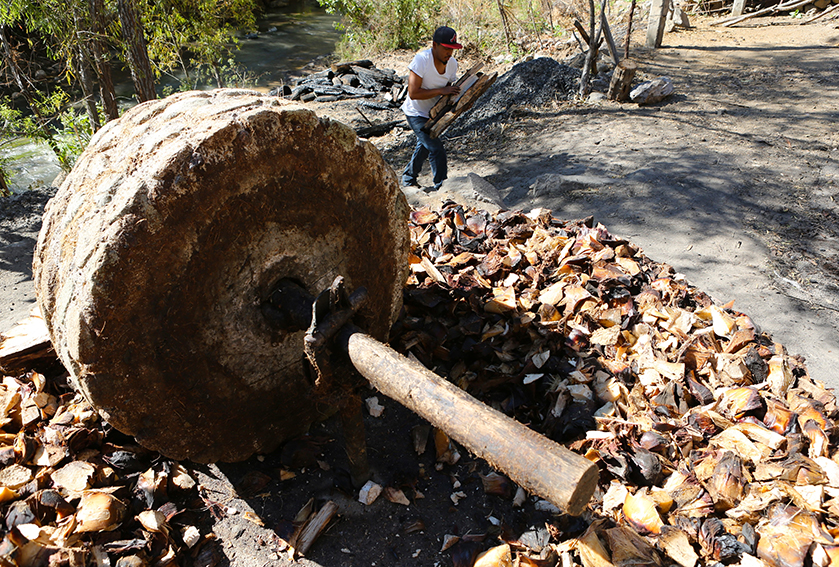
Fermention
The milled agave is mixed with water and is allowed to ferment. Typically this is done in open air vats, usually made out of endemic wood, for a period of 7-14 days.
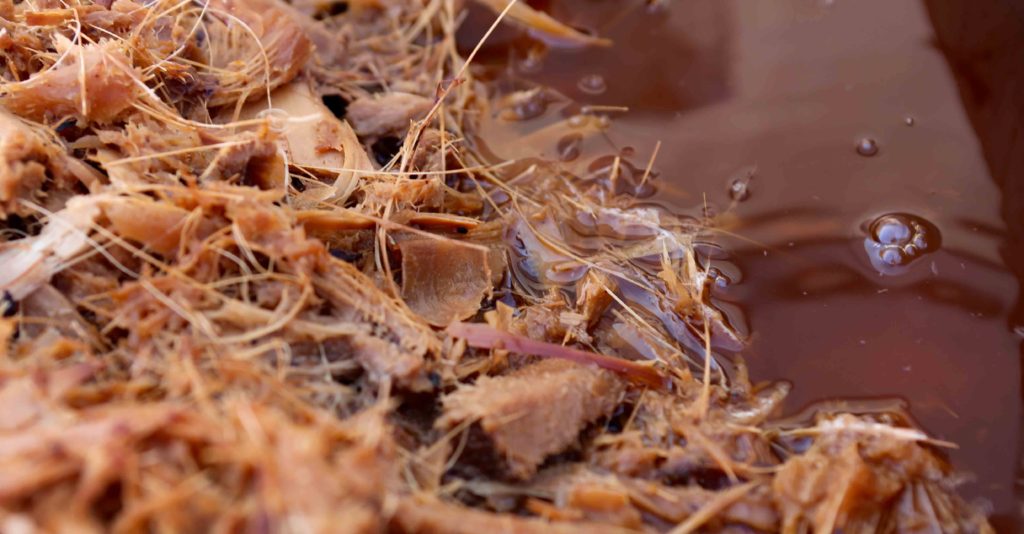
Distillation
The fermented liquid is then double distilled. Typically it is done in a copper still, but can be done in clay or stainless steel.
